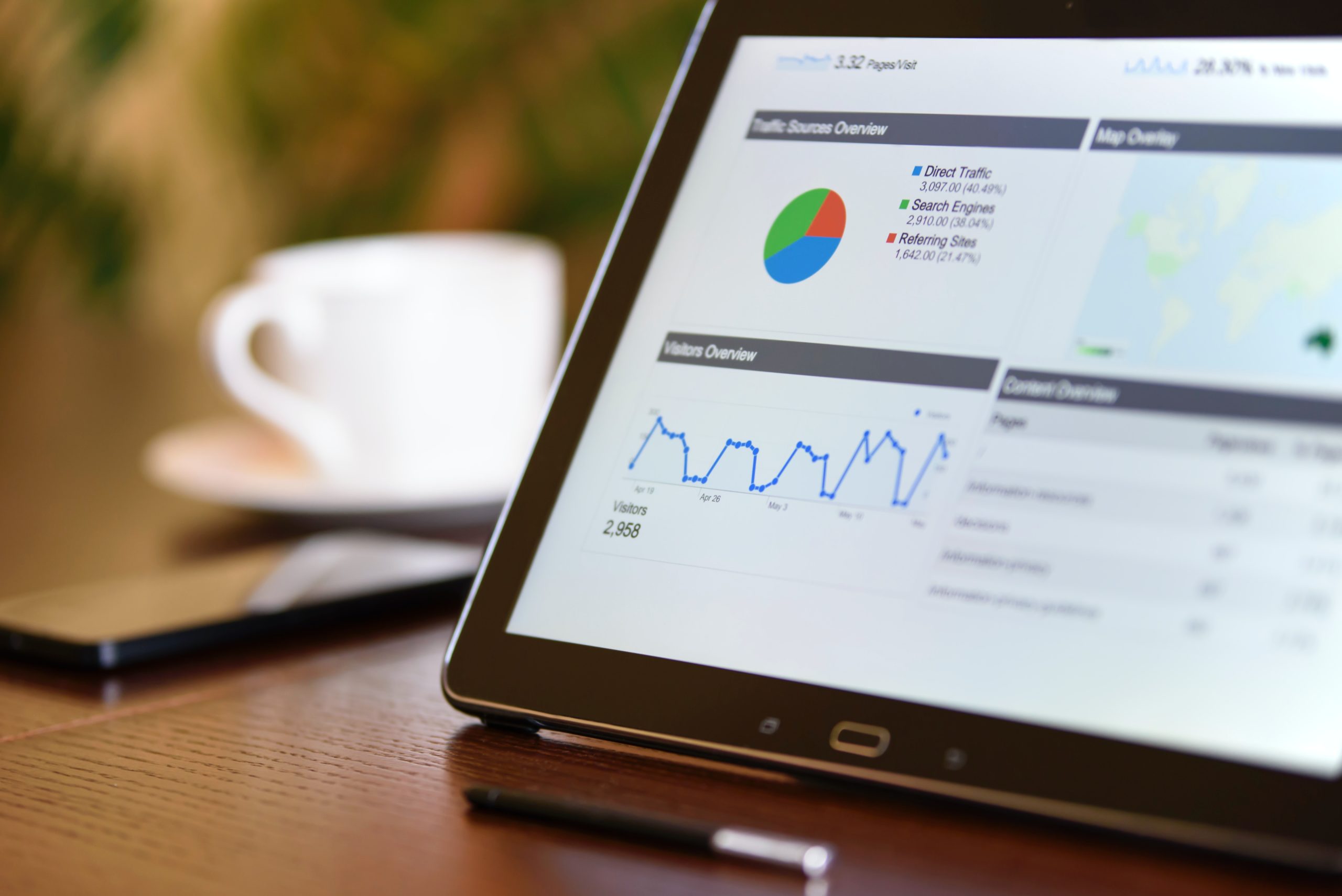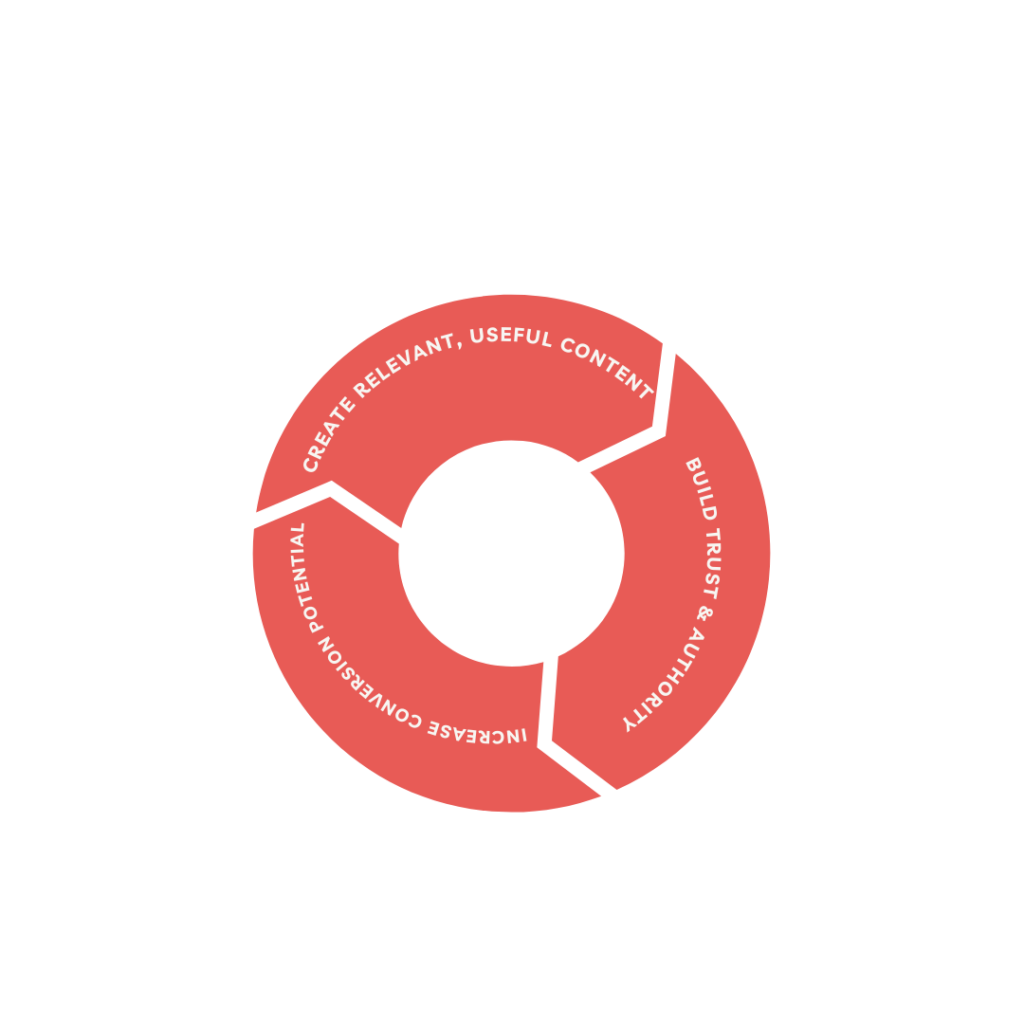
Important content marketing KPIs you should know
Content marketing can go a long way in increasing and strengthening brand awareness, interactions (engagement), loyalty (retention) and eventually can lead to conversions.
The “content” in content marketing can be anything from blogs, photos, videos, lives, tutorials, infographics, podcasts, newsletters, ebooks, webinars, all of which can cement your business’ brand as a thought leader while simultaneously showcasing how your product or service can provide solutions for your clients.

So, how do you measure how effective or successful your content marketing efforts are?
Well, it depends on what you’re trying to achieve and your business or brand’s goals. Once you’re clear on what you’re trying to accomplish, you can then set key performance indicators (KPIs) and measure success from there.
On a whole, digital marketing is useless if it isn’t backed by analytics. In order to properly decipher your analytics, you should first establish key performance indicators in order to determine whether or not your campaign was successful.
Your KPIs should be S.M.A.R.T. goals (specific, measurable, achievable, relevant, and time-based) and will provide insight into what’s working or not working in your current strategy, thereby giving you an idea of how to replicate the success of certain aspects of your marketing plan that yielded results as well as omitting other aspects that did not perform as well.
If you’re thinking about adding content marketing to your overall marketing plan (and you should!), here are some examples of campaign goals you should set and KPIs you can use to measure success.
Goal: Build Brand Awareness
Are you a new company or organisation? Or maybe you’re an established business but have new product or service offerings, or maybe you’ve been around for some time but are trying to establish yourself in a new market. Either way, increasing brand awareness is an important goal for any business. Sure, you can run a promotion and boost a Facebook post, but those are temporary measures and won’t exactly build trust and authority. Instead, you can create engaging content for your target audience that highlights what your brand is about, what you stand for, and how your offering is the solution to their needs or pain points.
KPIs To Track
Page views: You can track the performance of your posts using tools like Google Analytics to see how users are interacting with your posts. You can also set goals and benchmarks to monitor month-on-month or quarterly performance.
Social shares: Social media Likes are great but are ultimately what I call vanity metrics. Instead, shares are a stronger metric to track because 1. it demonstrates that your content was compelling enough or of value to share with others, and 2. it exposes your content to an even larger audience.
Engagement: Engagement and interactions such as comments and posts saves are another great indicators of success because it gives you an idea of how your audience feels not only about your individual content but your brand as a whole. Tracking engagement also helps you to determine what resonates with your audience most and know what or how to replicate for future content.
Subscriber growth: If you see an increase in subscribe rates or follows it’s a pretty good indicator that your content is connecting with your audience and they want to see more.
Goal: Lead Generation
If you want to gain new leads or prospective customers, you can create an introductory offer that will not only be of value to them but they’d be willing to exchange their information for, like their email address. Offers can be a free template, checklist, discovery call, anything that will not only offer value and give them a sneak peek into how you can fill a gap or provide a solution. You can then nurture that relationship (beyond social media) through funnels like email marketing which can lead to eventual conversion.
KPIs To Track
Click-through rate (CTR): the ratio of clicks on your link to impressions your link makes. A high average CTR indicates your link and/or ad is drawing attention and traffic to your site.
Number of Downloads
Form responses
Cost per lead (CPL): Also known as online lead generation, the cost per lead is the amount of money it takes to generate a new prospective customer from a marketing campaign. The cost per lead indicates whether you’re spending an appropriate amount on different avenues of acquiring new leads, such as Google Ads or Facebook Ads. Typically, the higher the CPL–especially when compared to other businesses in your industry–the less effective the marketing campaign is.
Goal: Increase Engagement
Content for content sake is a waste of time and resources, so you should take time to do a bit of research into what your audience is asking, what are their pain points and create content that directly speaks to these queries. You’ll know if your content is making an impact if you can drive participation from your audience. It will show over time that you’re offering valuable content that they resonate with and that they enjoy commenting on or sharing with their friends.
KPIs To Track Average session duration on website or blog
Bounce rate: This is the ratio of how many users leave your website after visiting only one page on your website. If you have a consistently low bounce rate, it signifies that your website’s content is engaging enough for them to not only spend time on a page but explore other pages and features on your website.
Referral traffic: when you track visits that come to your website from other sites and platforms. Referral traffic is an important metric to monitor because it acts as a sort of endorsement for your website which increases your site (and brand’s) authority. When a user visits your website from a referral link, more often than not, that person will often assume that the link will take them to a high-quality page (yours).
Goal: Increase Conversions
The ultimate way to determine if your content marketing efforts is by way of conversions. This can be tracked in multiple ways.
KPIs To Track
Conversion rate: tracking the rate of conversion allows you to pinpoint which content pieces drive the most conversions (whether it be bookings, sales, etc.) You can track conversions using custom UTM links for each piece of content you publish and share.
Follower growth over time
Revenue generated
What KPIs do you use to track your content’s performance? Let me know in the comments!
- Follow me on Instagram + Twitter
- Let’s connect on LinkedIn
- Book a FREE discovery call with me to see how I can help you step up your business’ content







Leave a comment: